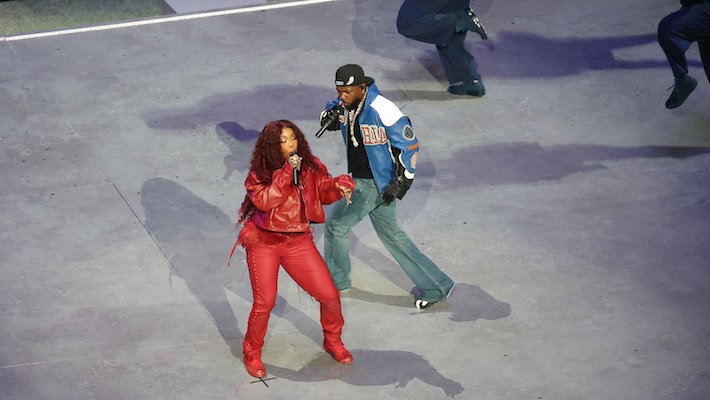Revisiting Harrison Ford's One Oscar-Nominated Performance
The only movie Harrison Ford ever got an Oscar nod for just turned 40 and deserves to be watched more often.

They’re seen for certain. Witnessed, even, as we all can plainly notice in the sequence where Book introduces Rachel to the velvety wonder of Sam Cooke one night in her late husband’s barn. It is there that Book and the Amish have uneasily hidden the police detective’s shot up car, and where he must hunker over the vehicle’s engine by candlelight if he wishes to ever drive away from this place.
In the sequence, Ford reveals the inherent handiness of his character, working as resolutely in oil and engine grease as we later see Amish men in Rachel’s community build from wood and hammers. However, the alien nature of Book’s metal and chrome carriage, his electric lights and music, is what captures Rachel’s imagination. There is an unavoidable attraction between the two that is never once uttered aloud or acknowledged beyond a stolen kiss much later in the picture. But it is there in the dancing shadows and beamers as the two idle to “(What a) Wonderful World.”
So many of Ford’s best performances, though, rely on what’s beneath the surface. At the top of the iceberg, it’s easy to see why he became a star: a flashy smile attached to good looks that can sit as comfortably in a leather jacket as a tweed sport coat—and sometimes in the same movie, as was the case with the signature Indiana Jones role. But despite having the vibrant masculinity of a Golden Age movie star, there was always a quiet wounded intellectualism beneath the surface of Ford’s screen persona. These competing sensibilities were used to comic effect by Spielberg, but in Weir’s hands they become something forlorn and tragic.
There is a vulnerability to the Book character that makes Rachel’s attraction palpable, but there is also an aggression and darkness too that dooms him to be incompatible in her world. In some ways, it complements the Amish lifestyle as seen in a terrific and elongated barn-raising sequence. It is again Weir’s commitment to the truth of whatever world he is building that a movie like Witness can stop for a full five minutes of silent cinema. It is really only Maurice Jarre’s uncharacteristically synthesized score which gives sound to a sequence where Book joins Rachel’s father and neighbors, including rival beau Daniel (Alexander Godunov), in building a barn. The lack of dialogue, like the barn itself, is a monument to the antiquated pleasures and simplicity of an Amish lifestyle.
But the electronic nature of the music betrays what an awkward fit Book and this story is in this culture. Soon enough that incongruity becomes bitterly inescapable. Hence the most violent scene in the movie is not the opening where a man is stabbed to death in front of a child, nor is it the end of the film where Book in turn kills those killers, one through a horrible suffocation while being buried alive in grain. Those scenes are hard to watch, but they pale in comparison to a sequence where Ford—while still dressed in an Amish man’s hat and hooks—brutalizes a redneck tourist who’s driven to town to gawk at Amish folk.
The actual fisticuff stunt work involved in Ford beating up some meatheads is basic, the sound effects pedestrian. But it is the bubbling look of anger and hostility in Ford’s countenance that causes sincere discomfort. Viewers are keyed into the fact a volcano is about to erupt, and the rage is so convincing that when copious amounts of fake blood are smeared across the face of the extra he lays out, you want to look away. Something beautiful has been violated; the lovely daydream between Ford and McGillis’ characters shattered into a million pieces.

















